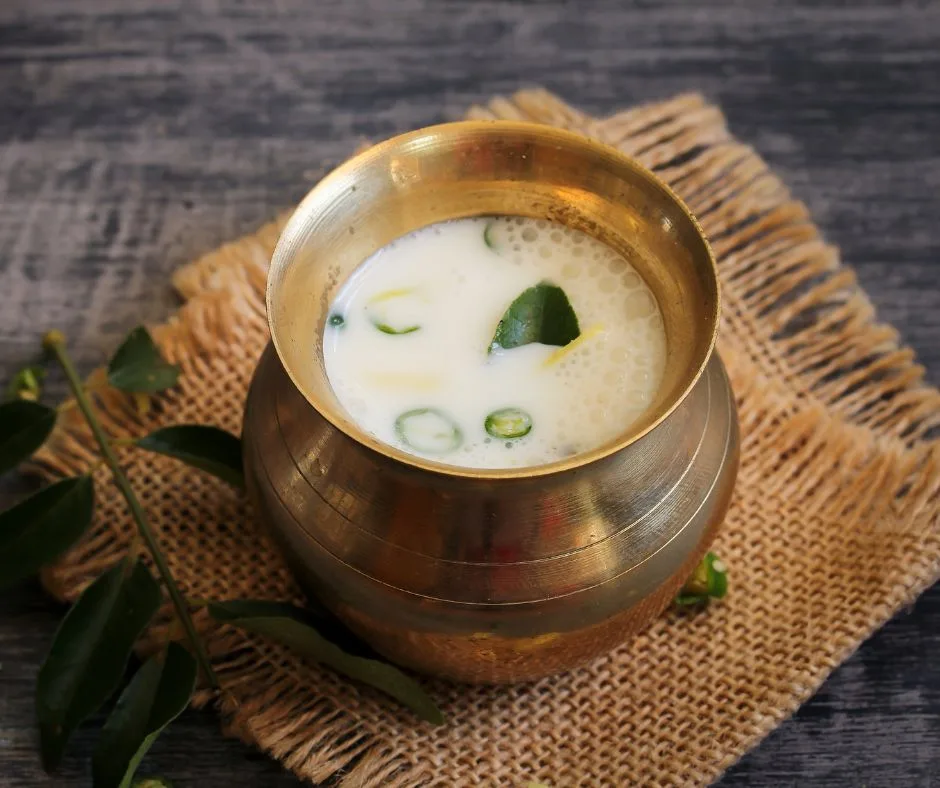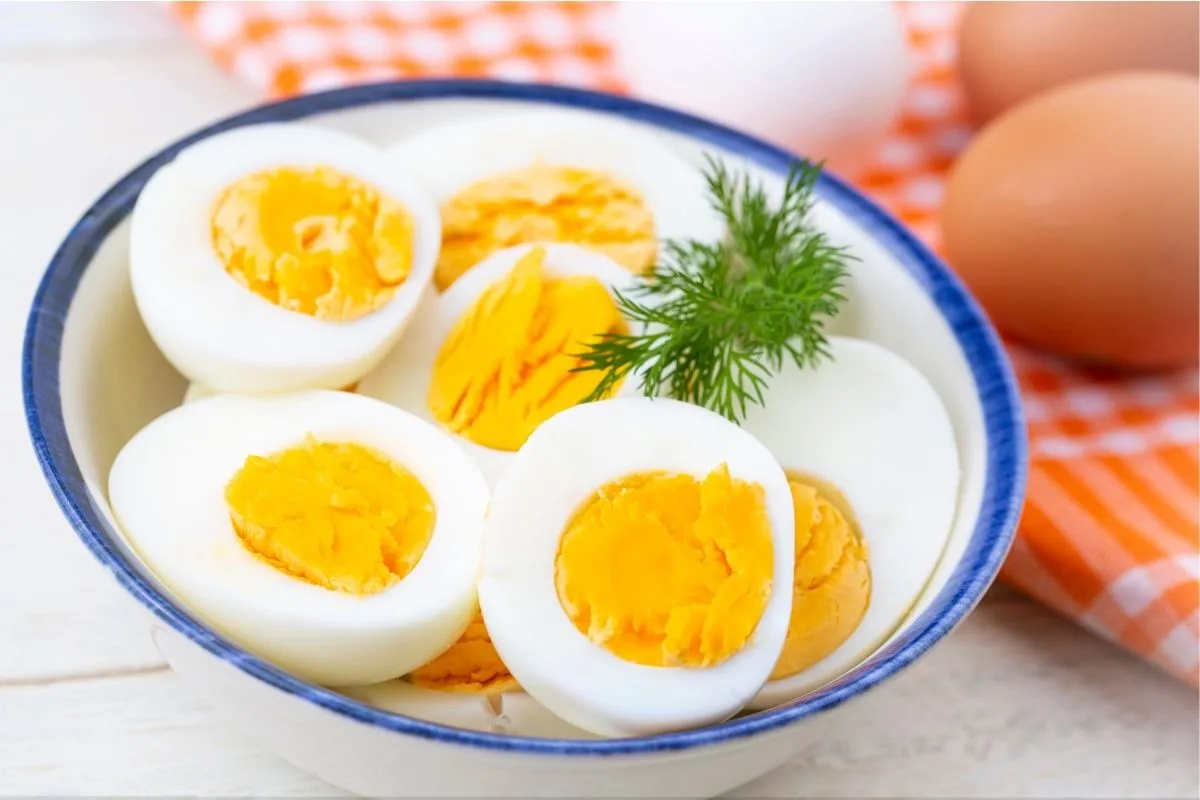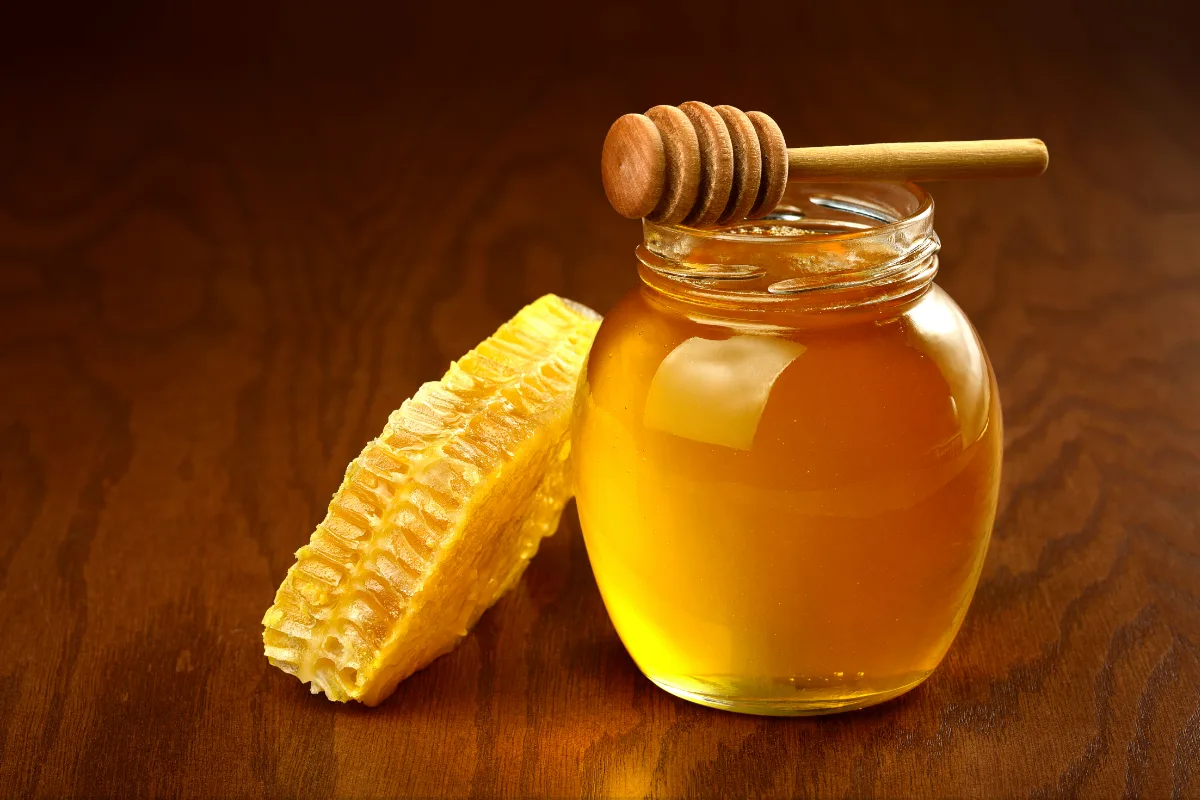Buttermilk is a staple in many diets around the world, often overlooked yet offering numerous health benefits. This fermented dairy product, traditionally made from churning yogurt or cream, is packed with unique nutritional features that can enhance one’s overall health. With its creamy texture and tangy flavor, buttermilk is often used in cooking and baking, but its health benefits extend far beyond its culinary uses. In this article, we will explore the nutritional composition of buttermilk, its health benefits, and key considerations to keep in mind for optimal consumption. Understanding the role of buttermilk in your diet can help you leverage its health properties while enjoying a delicious addition to your meals.
Nutritional Profile of Buttermilk
Buttermilk is low in calories and provides essential nutrients, making it an excellent choice for those looking to maintain a healthy diet. Each 100 grams of buttermilk contains:
- Protein: 0.8 g
- Total Fat: 1.1 g
- Carbohydrates: 0.5 g
- Energy: 62.76 joules
- Iron: 0.1 mg
- Calcium: 30 mg
This unique composition highlights buttermilk as a beneficial addition to any diet, especially when considering its low fat and carbohydrate content. Despite its modest protein level, the presence of calcium makes it an excellent option for those looking to improve bone health.
Health Benefits of Buttermilk
Buttermilk offers a variety of health benefits that can contribute to overall wellness.
- Hydration: The high water content in buttermilk helps keep the body hydrated, making it a refreshing drink, particularly in hot climates.
- Digestive Health: As a fermented dairy product, buttermilk is rich in probiotics, which support a healthy gut. Regular consumption can enhance digestion and help maintain gut flora, thus preventing digestive issues.
- Bone Strength: Buttermilk provides a modest dose of calcium, which is vital for bone health. Incorporating it into your diet can be beneficial, especially for individuals looking to strengthen their bones.
- Weight Management: Due to its low calorie and fat content, buttermilk can be a useful drink for those managing their weight. It can be consumed as a filling snack without contributing to excessive caloric intake.
- Skin Health: The lactic acid in buttermilk can have beneficial effects on the skin, providing hydration and acting as a natural exfoliant when used topically.
These health benefits make buttermilk a versatile ingredient in both dietary and skincare routines, enhancing both inner and outer wellness.
Considerations for Consumption
While buttermilk has numerous benefits, it’s essential to keep some considerations in mind when incorporating it into your diet:
- Lactose Intolerance: Individuals who are lactose intolerant may experience discomfort when consuming buttermilk, despite its lower lactose content compared to whole milk.
- Sodium Levels: It’s important to note that buttermilk contains no sodium, making it a heart-healthy option; however, if you are pairing it with other foods, be cautious of sodium intake from those additional sources.
- Caloric Context: While buttermilk is low in calories, moderation is key. Excessive consumption could lead to imbalances in nutrient intake, especially if it replaces more nutrient-dense foods.
- Quality Matters: Opt for plain, unsweetened buttermilk to avoid added sugars and preservatives. Look for brands that prioritize quality ingredients and natural fermentation processes for maximum health benefits.
By keeping these considerations in mind, you can make informed decisions regarding buttermilk consumption and ensure you maximize its potential benefits while minimizing any adverse effects.
Incorporating Buttermilk into Your Diet
Integrating buttermilk into your daily meals can be enjoyable and straightforward. Here are some creative ideas:
- Smoothies: Blend buttermilk with fresh fruits, leafy greens, and a bit of honey for a quick and nutritious smoothie.
- Salad Dressings: Use buttermilk as a base for creamy salad dressings, pairing it with herbs and spices for added flavor.
- Baking: Substitute buttermilk for regular milk or yogurt in baking recipes to impart tanginess and moisture in dishes like pancakes, muffins, and breads.
- Soups and Curries: Add buttermilk at the end of cooking soups and curries for a creamy texture and refreshing taste.
- Drinks: Serve chilled buttermilk seasoned with cumin, salt, or mint as a refreshing drink, especially during hot weather.
These suggestions not only highlight the versatility of buttermilk but also encourage creative culinary practices that include this nutritious ingredient in various forms.
Conclusion
In summary, buttermilk stands out as a nutritious and beneficial addition to a wide range of diets. With its low calorie count, probiotics for digestive health, and essential minerals like calcium, it offers various health benefits. However, individuals should consider digestive tolerances and opt for high-quality products to maximize health outcomes. By creatively incorporating buttermilk into meals and snacks, you can enjoy its delightful flavor while reaping the associated health benefits. The incredible versatility of buttermilk allows it to be used in an array of recipes, making it easy to enjoy the positive effects on your overall health.
Axis Diet is dedicated to empowering individuals with knowledge and practical advice for healthier living. Our articles, grounded in research and expert insights, aim to simplify complex nutritional concepts, offering a comprehensive understanding of various aspects of diet and wellness. While these articles are informative and a great starting point for anyone looking to improve their health, they are for informational purposes only. For personalized, professional guidance tailored to your unique health needs, we encourage you to consult with Axis Diet’s registered dietitians. Reach out to us for expert personalized guidance on your nutritional journey.






[…] […]